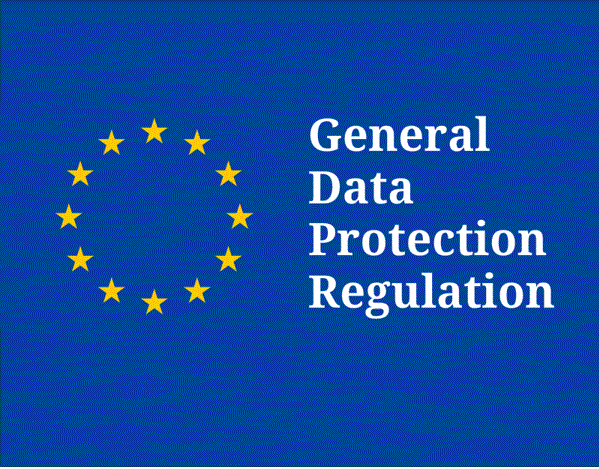Home > Lexmark > Lexmark Security > The General Data Protection Regulation (GDPR)
Lexmark devices enable you to be GDPR Ready
Things to watch for in your print environment:
-
Are your devices and network hardened to thwart cyberattacks?
-
Are the hard drives on your devices encrypted?
-
Do you require authentication to use printers and MFPs?
-
Have you considered the implications of unclaimed printed output?

Lexmark devices are GDPR-ready, providing multiple, built-in security features allowing customers to meet several aspects of GDPR requirements. The security features are available across the entire product line and include access controls, audit logs and embedded OS protections. Features that competitors are just now integrating into their devices have been standard for many years for Lexmark.
What is GDPR?
The General Data Protection Regulation (GDPR) (Regulation (EU) 2016/679) is a regulation by which the European Parliament, the Council of the European Union and the European Commission intend to strengthen and unify data protection for all individuals within the European Union (EU). It also addresses the export of personal data outside the EU. The primary objectives of the GDPR are to give citizens and residents back control of their personal data and to simplify the regulatory environment for international business by unifying the regulation within the EU. When the GDPR takes effect, it will replace the data protection directive from 1995. The regulation was adopted on 27 April 2016. It applies from 25 May 2018 after a two-year transition period and, unlike a directive, it does not require any enabling legislation to be passed by national governments.
What does it mean for print?
With the May 2018 deadline drawing increasingly closer – and with the threat of the big fines looming large – now is the time for organisations of all sizes to get their houses in order. And that includes the print and document management infrastructure – a confirmed weak spot when it comes to security and protecting data. Take a moment to think of how much information, potentially containing personal data, is either printed off or scanned using Multi-Function Printers (MFPs). This data needs to be tracked and adequately protected.
Research by Quocirca estimates that, of the millions of business printers in the world, only 2% are secure. In its most recent research on the topic, it found that 63% of businesses surveyed experienced one or more print-related data breaches.
The print estate is just as important when it comes to security as any other part of an IT network. Yet, it is often unclear whose remit and responsibility it is. As a result, many companies are guilty of unprotected printing features or ensuring their print devices are safeguarded from threats.
Without adequate protection, cyber-attacks can easily gain access to MFPs and the data on them via malware – one of the fastest growing forms of cyber-attack and one of the most dangerous. From the MFP attackers can then gain access to unencrypted data available across entire IT networks, bypassing company firewalls in the process. It’s like leaving your back door wide open to burglars.
How does Lexmark help?
The good news for those looking to ensure print security is that Lexmark devices are GDPR ready, thanks to many innovative in-built security measures.
Access controls, audit logs, and embedded OS protections are examples of the measures available to ensure security. These features are also standard on every Lexmark product in our portfolio - no update or add on required.
Lexmark Print Management also has a role to play in security. Only when you have full visibility of your print and document infrastructure – and what’s going on with it – can you confidently put in place the right controls to protect your business, employees and customer data.
Lexmark Secure Document Monitor (LSDM) can help fill the hardcopy gap. LSDM resides on an organization’s Lexmark MFPs to automatically and discreetly capture content and user data from every document that passes through. This allows for capture that’s happening in real-time, without interrupting or delaying processes and performance. From there, the captured data is routed seamlessly to the organization’s DLP or monitoring system.
Printing and data go hand-in-hand – so cyber-security protection is absolutely vital. As the new GDPR regulations and punishments draw closer to reality, there has never been a better time to look at print security than right now.
